Annelies Judson reviews three picture books for older readers, and identifies a subgenre in NZ Kids Lit.
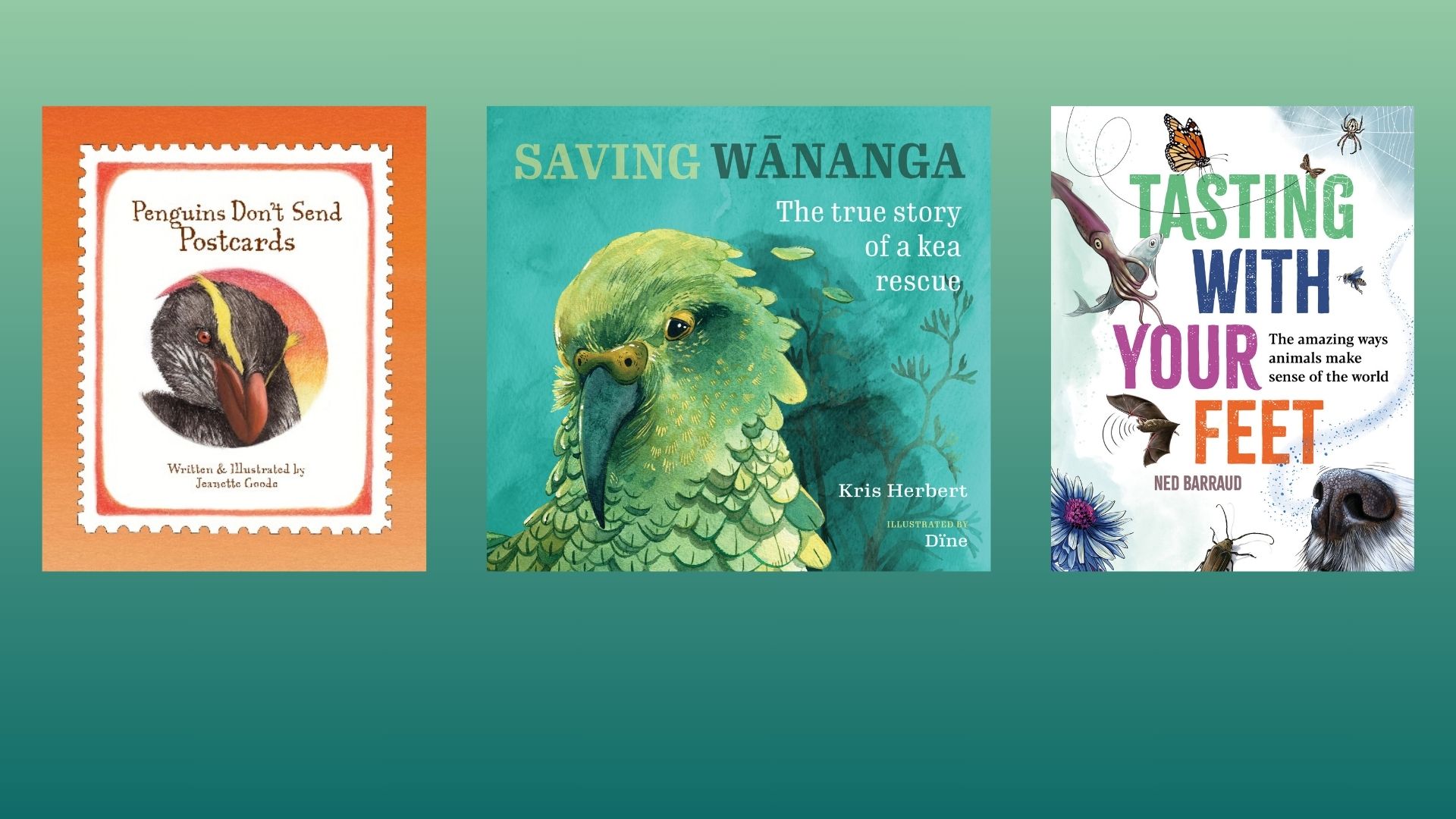
I recently wrote a review where I talked about ‘Aotearoa Natural Disaster Animal Books’. Another strong subgenre in the Aotearoa children’s literature world is ‘Stories of Saving Native Birds (And Occasionally Other Animals Too)’. This second subgenre is often in the form of narrative non-fiction: true stories but told in a narrative format, often integrating facts within the text. These are more wordy than the average picture book and are more likely to appeal to older picture book readers.
I mention this because two of the three books I was asked to review fit into this category. I am a huge fan of native birds and while on one hand I’m pleased to see these kinds of books available for young readers, I do sometimes wonder how much market saturation this category can take. I mention this not to detract from either of these books, but just to hold a mirror up to the industry.
Saving Wānanga, by Kris Herbert, illustrated by Dïne
The first of the two is Saving Wānanga. Author Kris Herbert is a science journalist turned children’s writer, and illustrator Dïne is an Otago-based artist who people may recognise as the illustrator of Ruby Loud Mouse and the Ruru.
Herbert wrote this story after seeing a short news article about an ill kea being driven to a veterinary hospital by a police officer, who sang to the kea to keep it calm. Apparently—and I learnt this from the book!—kea can get lead poisoning from nibbling on the old nails used to make backcountry huts. The story explores the process for treating kea with lead poisoning, from researchers first picking up Wānanga, to his eventual return home (and a final page includes some facts about the journey he went on after that!).
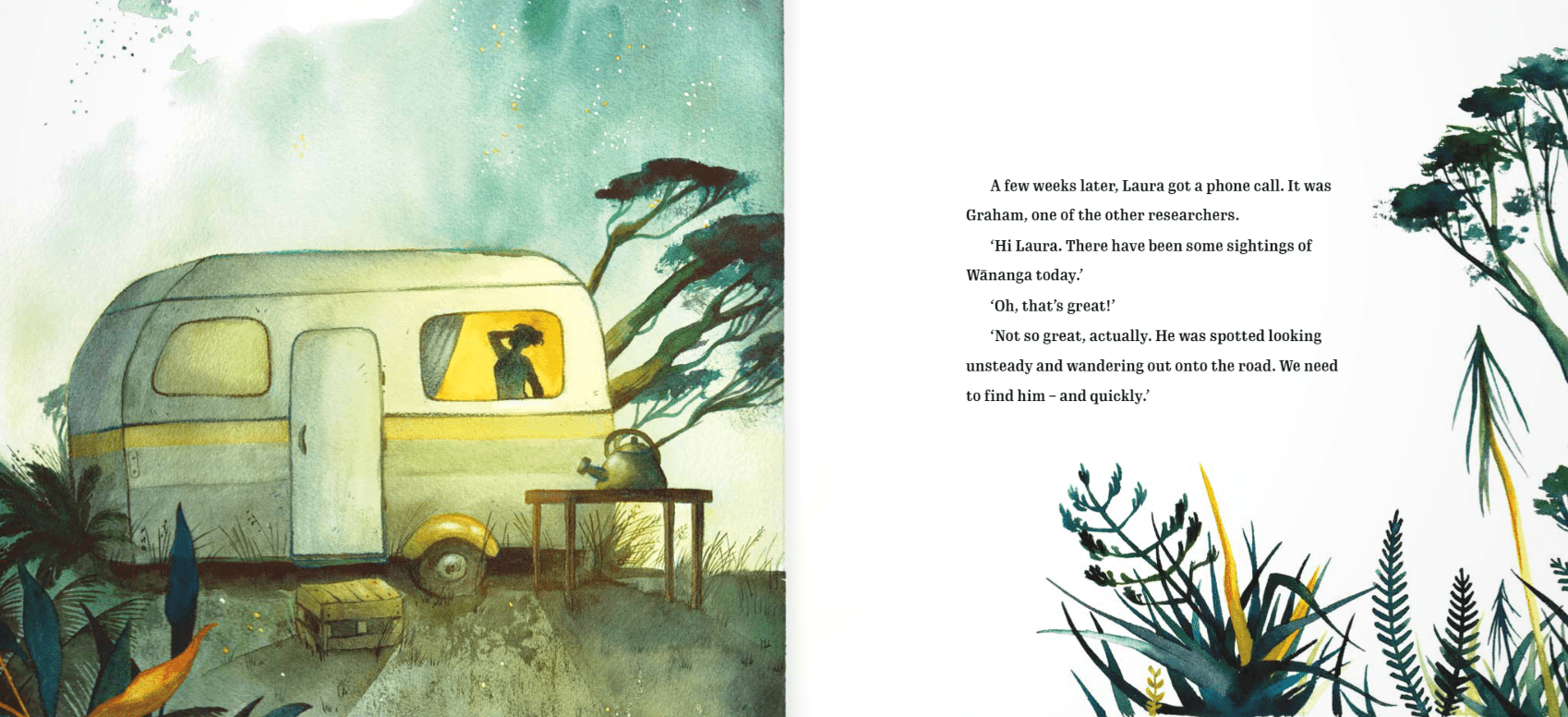
The story isn’t too wordy or complex (though the first page is very, very text heavy, and gives the wrong impression about the overall wordiness of the rest of the book) which makes it reasonably accessible even for a younger picture book audience. There’s a nice repeated pattern of various characters saying, ‘Cheeky little Wānanga!’, which would also appeal to younger readers. There are a number of facts about kea integrated into the story, as well as a short page of extra information about kea at the end. My one quibble was that some structural choices were slightly clumsy, but they were reasonably easy to gloss over.
I also have to note the particularly captivating cover of this book. The beautiful drawing of Wānanga is by the book’s illustrator, Dïne. The combination of colours works extremely well, and the cover design will stand out beautifully on bookshelves around the country. Overall, a lovely addition to the ‘Stories of Saving Native Birds (And Occasionally Other Animals Too)/ subgenre. Herbert has another book coming out in 2025 and says there are more ‘in development’, so we may yet see additions to this list!
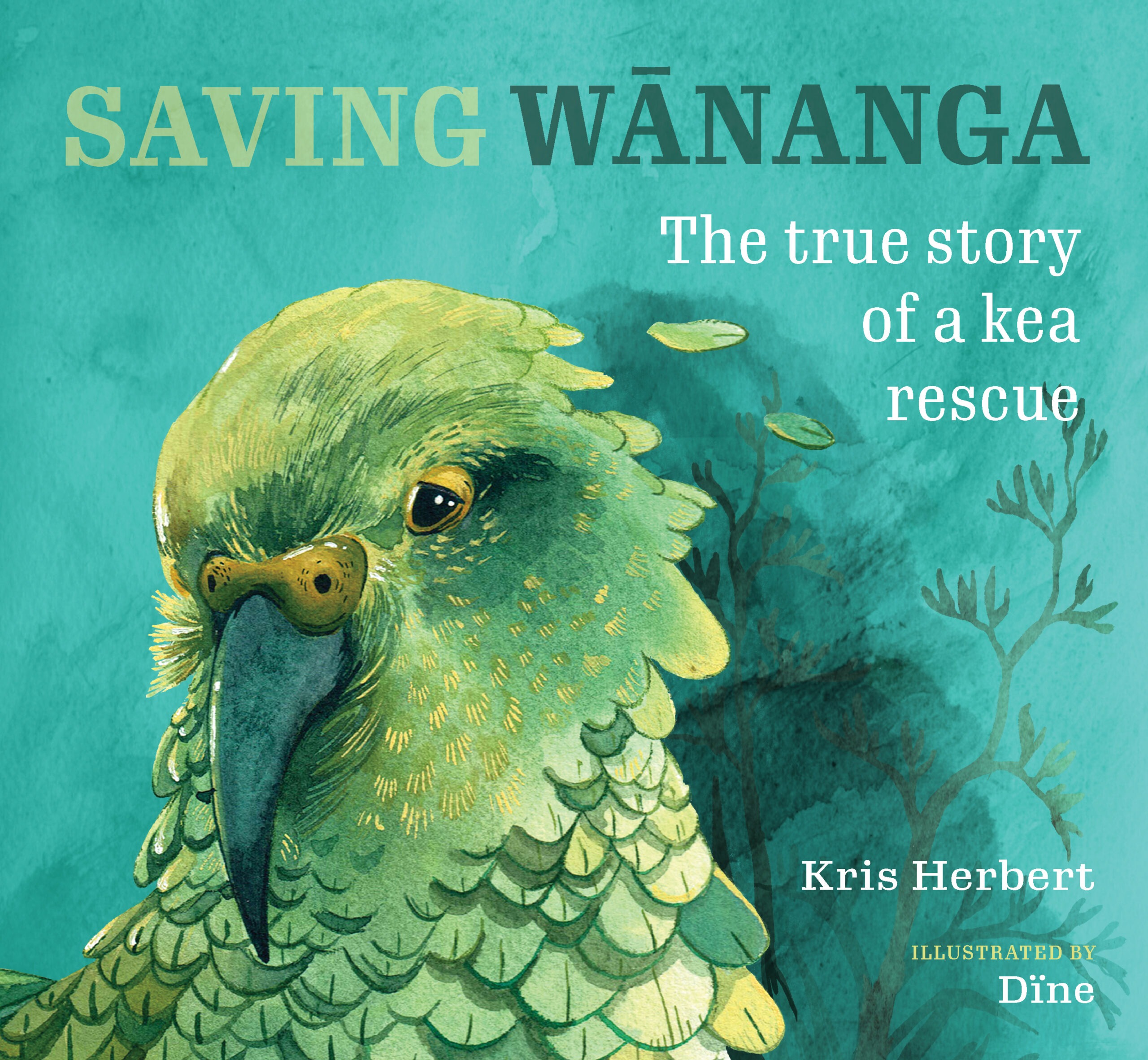
Saving Wānanga: The True Story of a Kea Rescue
By Kris Herbert
Illustrated by Dïne
Published by Potton and Burton
RRP $21.99
Penguins Don’t Send Postcards, by Jeanette Goode
Penguins Don’t Send Postcards is Jeanette Goode’s second book. This self-published West Coast author released A Little Blue in 2020 and sold more than 2000 copies, which is pretty good going for any title, let alone a self-published one! This follow up was funded via a Boosted campaign, so Goode clearly has a strong supporter base.
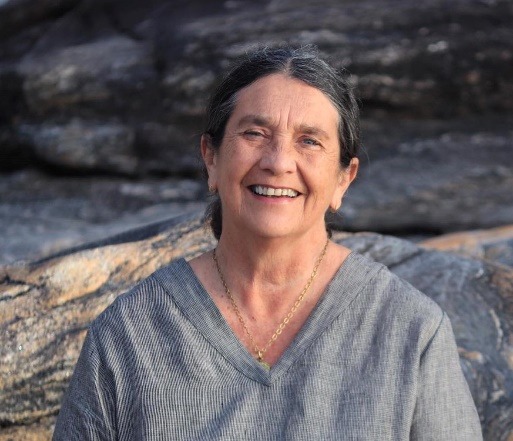
The story itself is a true one, of the rehabilitation of a tawaki/Fiordland Crested Penguin. Goode uses some lovely poetic turns of phrase, and like Saving Wānanga, the book is illustrated with hand-drawn pictures by Goode, rather than photographs, which gives it a more ‘picture book’ feel. However Goode also includes a lot of factual information about the tawaki, some of which provides context for the story, and some which is clearly designed to teach young (and older!) readers about this rare and special bird.
The design, layout and print quality is of a really high standard, which is excellent to see, as these features often let down other self-published titles. Goode is also a capable artist and writer (she has a Diploma in Children’s Literature) whose style will be appealing to children.
I will note that the text could have benefitted from an expert editor, as there were a few mistakes that I picked up, and some slightly clumsy paragraphing and phrasing. However the self-publication budget can only stretch so far, and Goode has done an excellent job of turning out a good-quality book even with those limitations. She says that this is the second book ‘in a series’ about the threatened species of Aotearoa, so I expect we will see more of her work in the future.
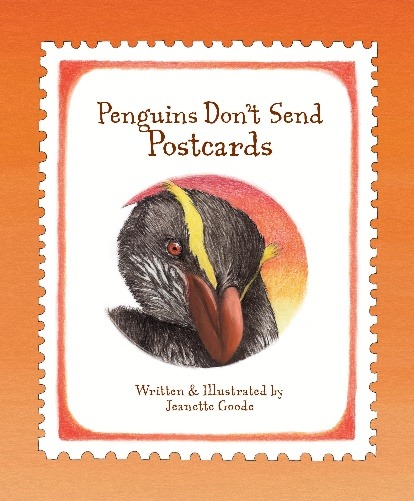
Tasting With Your Feet, by Ned Barraud
I’m a bit in love with Ned Barraud. If you look at the non-fiction children’s books in any bookstore, you will almost certainly see one (or many) of his books, which cover Aotearoa’s wildlife. His beautiful, detailed illustrations capture the wildlife of Aotearoa, from his New Zealand’s Backyard Birds, to the beautiful Tohorā, about the southern right whale, so perfectly. The images are a cross between scientific diagrams (though he does those too) and artistic representations (he does these too, too).
This book is partially a traditional book about the senses, covering topics from how human eyes and ears work, to the lesser known areas of proprioception and the vestibular system. Unusually though, it goes into detail both about how the human senses work, and then draws a number of comparisons with various animals’ senses, showing how they are both similar and different from a human’s sensory experience of the world. This is not something I have seen done before—usually books tend to lean to either a discussion of human senses or a discussion of animal ones, not both. In less capable hands it could have felt unfocussed, but it is superbly done and extremely readable.
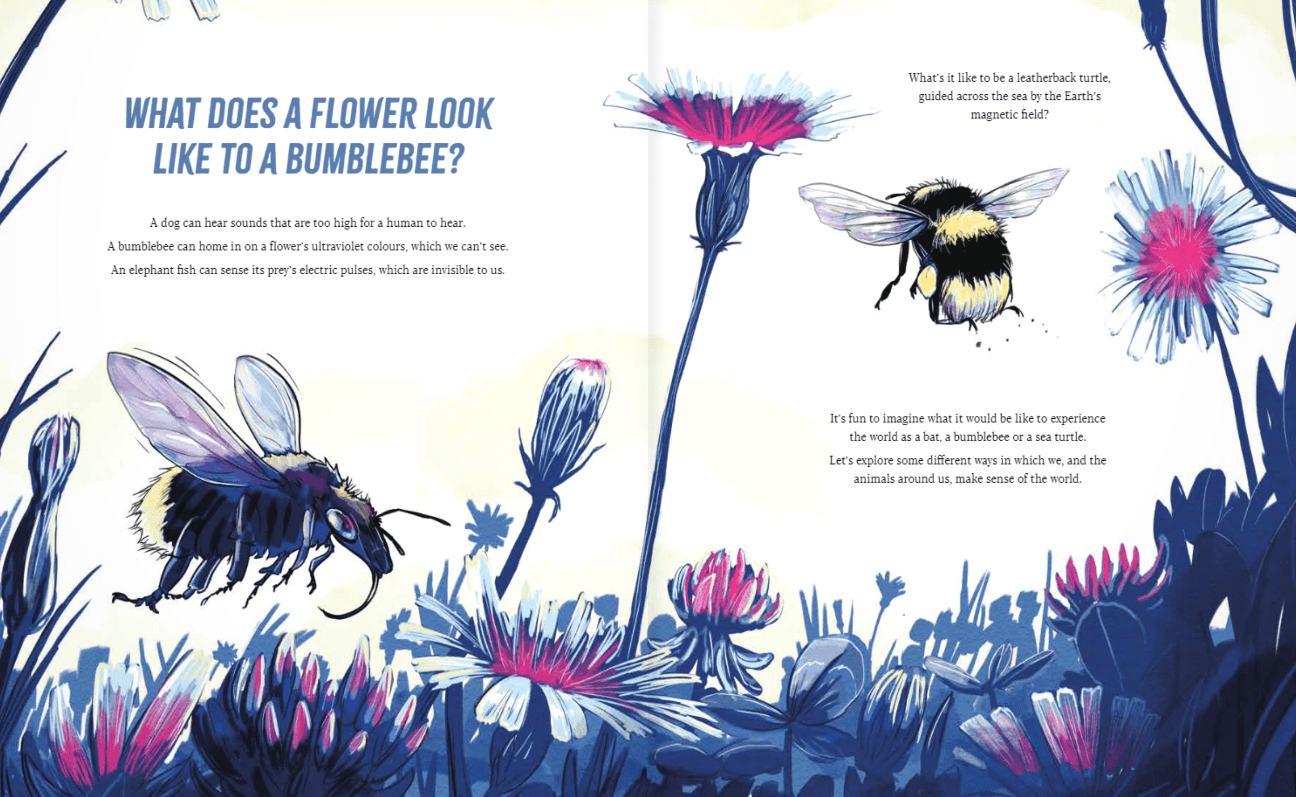
From the animal point of view, it was great to see a wide representation of New Zealand natives, but there is also a good showing from introduced species and a few overseas ones too. This gives it the feeling of a well-rounded animal book, but one that is firmly rooted in a New Zealand perspective.
Interestingly, the title and back cover blurb focus entirely on the various sensory abilities of animals, and give no hint of the fact that the book includes a lot of information about human senses too. I’m sure that this is partly because animals with amazing senses are cool and interesting, whereas a book about human senses probably doesn’t sound quite as exciting. However I feel a bit sad that this aspect of the book isn’t acknowledged, because I really think it’s been handled very well, scientific diagrams and all. I hope that people will pick up the book and realise that not only is it a great animal facts book, but a great human facts one as well!
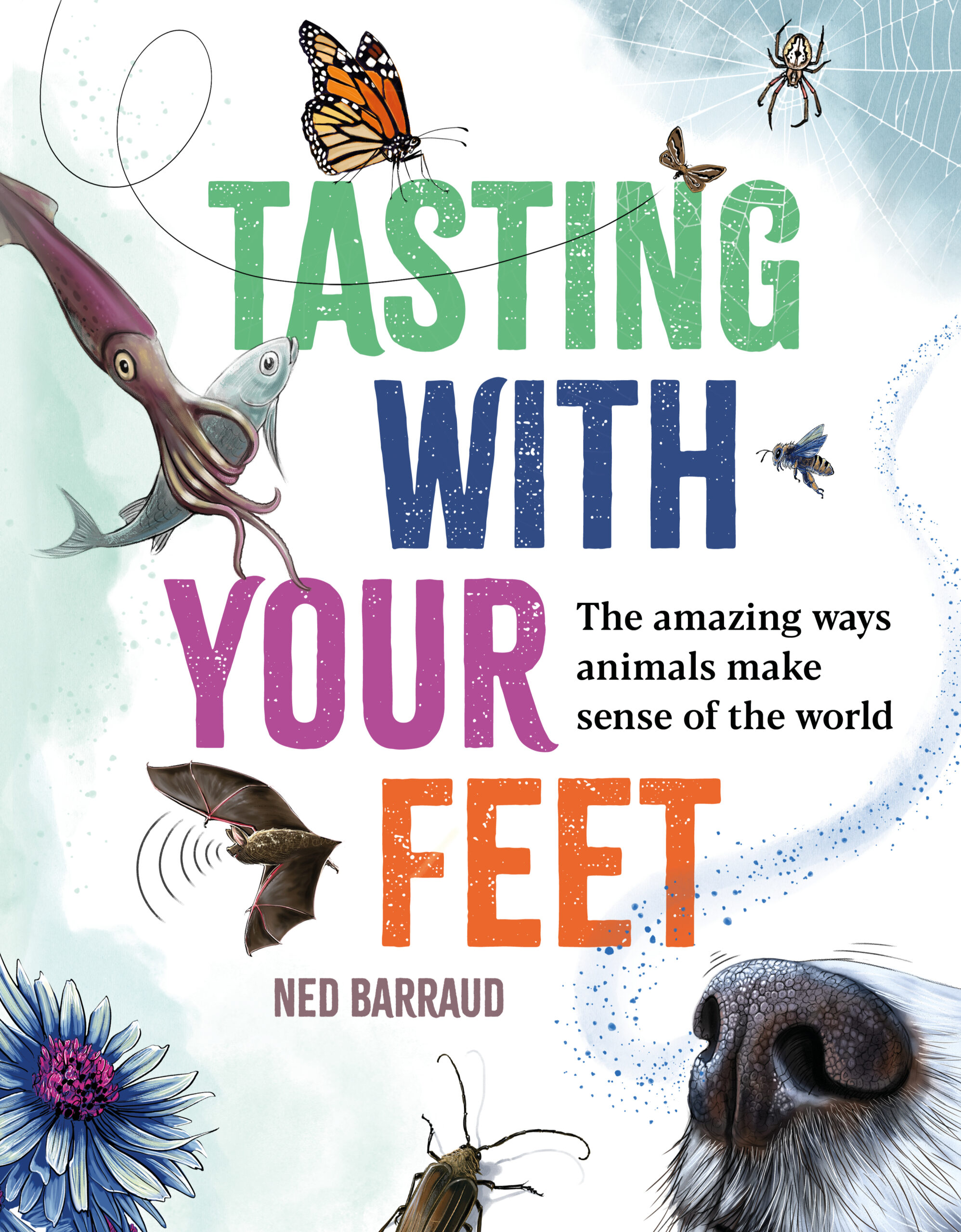
Tasting with Your Feet: The Amazing Ways that Animals Make Sense of the World
By Ned Barraud
Published by Potton and Burton
RRP $21.99
Annelies Judson
Annelies Judson writes book reviews and poetry for children, among other things. Her many loves include cooking, cricket, science and the em-dash. She can be found on Twitter/X and BlueSky @babybookdel and on Instagram @annelies_judson_writer. She also has a Substack newsletter starting February 2025, @anneliesjudsonwriter.




